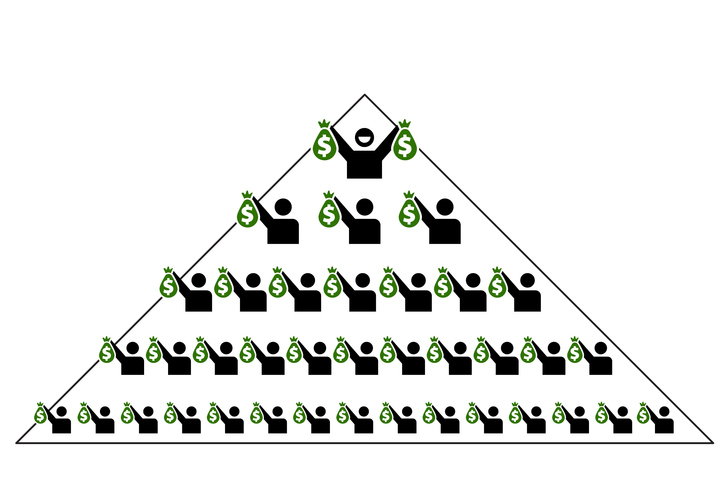The noticeable upward tilt in graphs of the U.S. natural gas price since April 2024 is likely a hint of things to come for U.S. consumers of energy. That’s because record amounts of U.S. natural gas are now being sent abroad in the form of liquefied natural gas (LNG). And much more export capacity is planned. The U.S. Energy Information Administration forecasts that U.S. LNG export capacity will double by 2029. That’s all gas that cannot be delivered to American users.
I have written about these trends (see here, here, here and here) and predicted they would mean considerably higher heating and electricity costs for Americans and much higher costs for American-based chemical manufacturers; for industries that rely on natural gas for process heat in the manufacture of steel and other metals, concrete, and glass; and for farmers who use natural gas to dry crops.
There’s been a lot of talk about U.S. “energy dominance” by which the current administration means policies that maximize production, maximize exports, and yet somehow “reduce energy costs” at the same time. It’s the “reduce energy costs” part that is now running into trouble.
A central cause of rising U.S. natural gas consumption (and ultimately prices) is the vast expansion of natural gas-fired power plants by American utility companies. From 2001 through 2024 electricity generated by natural gas has almost tripled while coal-generated electricity has declined dramatically and nuclear and hydroelectric generation have plateaued. Renewables (not including hydroelectric) grew 10-fold in that period, now nearly matching nuclear in percentage terms, nuclear at 18 percent and renewables at 17 percent. But, today natural gas is by far the leading fuel for electricity generation in the United States providing 43 percent of the country’s electricity.
Cheap natural gas provided by the so-called “shale revolution” in the United States that began in the late 2000s has also prompted considerable expansion of the chemical industry which uses natural gas to make agricultural chemicals (especially fertilizers), methanol, and chemicals such as ethylene and propylene used to produce plastics.
Related: Heat Pumps Face Their Toughest Test Yet
And, of course, Americans continue to use copious amounts of natural gas to heat their homes and businesses.
All that rising consumption spells trouble for American consumers when it comes to energy costs. The natural gas industry has been telling the public that domestic natural gas production will continue to rise dramatically through mid-century. But independent analysis based on the actual performance of gas wells suggests that production will plateau and then decline in the not-too-distant future. That would produce a double squeeze on natural gas supplies as LNG exports continue rise in the face of falling domestic natural gas production leaving less for U.S. natural gas consumers.
























